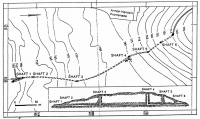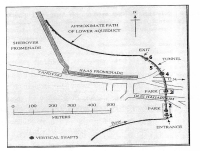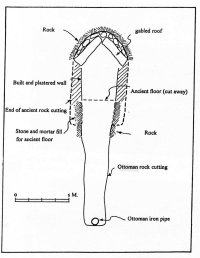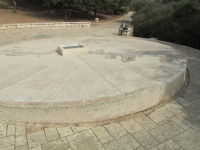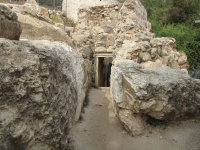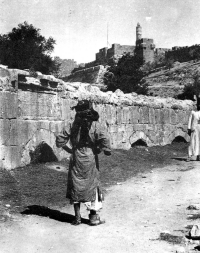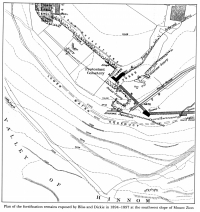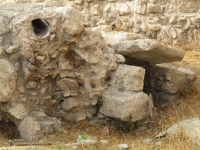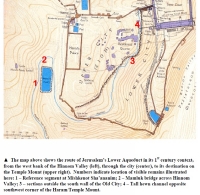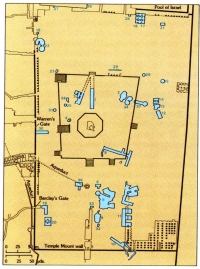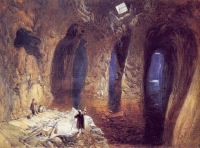What we see here is quite simple: the constructed water channel is elevated atop a buttressed stone wall, in order to maintain the required gradient. It is plastered inside to prevent leakage and capped with stone slabs in order to minimize evaporation and contamination of the water.
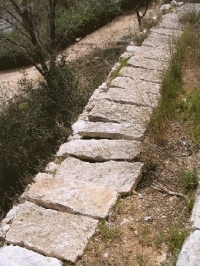
This segment of several meters that has been restored and left exposed here is a small part of a system that stretches over 60 km from its furthest sources to its destination. It is vast and ingenious, representing the finest of ancient engineering, and is easily the longest and most complex aqueduct system in the Land of Israel, including even Caesarea.
